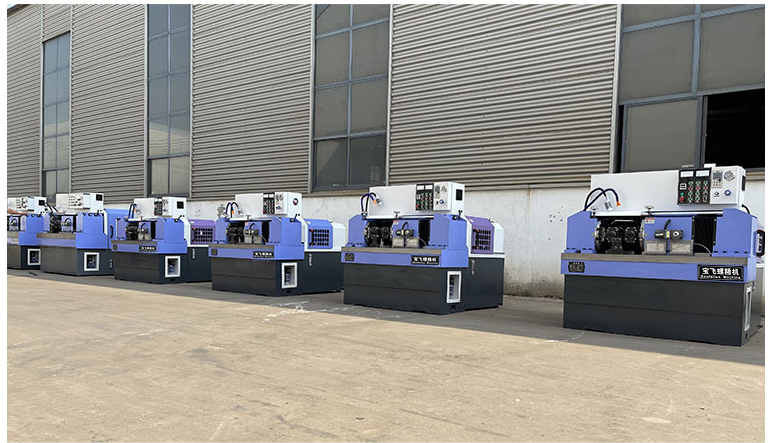
-
 Afrikaans
Afrikaans -
 Albanian
Albanian -
 Amharic
Amharic -
 Arabic
Arabic -
 Armenian
Armenian -
 Azerbaijani
Azerbaijani -
 Basque
Basque -
 Belarusian
Belarusian -
 Bengali
Bengali -
 Bosnian
Bosnian -
 Bulgarian
Bulgarian -
 Catalan
Catalan -
 Cebuano
Cebuano -
 Corsican
Corsican -
 Croatian
Croatian -
 Czech
Czech -
 Danish
Danish -
 Dutch
Dutch -
 English
English -
 Esperanto
Esperanto -
 Estonian
Estonian -
 Finnish
Finnish -
 French
French -
 Frisian
Frisian -
 Galician
Galician -
 Georgian
Georgian -
 German
German -
 Greek
Greek -
 Gujarati
Gujarati -
 Haitian Creole
Haitian Creole -
 hausa
hausa -
 hawaiian
hawaiian -
 Hebrew
Hebrew -
 Hindi
Hindi -
 Miao
Miao -
 Hungarian
Hungarian -
 Icelandic
Icelandic -
 igbo
igbo -
 Indonesian
Indonesian -
 irish
irish -
 Italian
Italian -
 Japanese
Japanese -
 Javanese
Javanese -
 Kannada
Kannada -
 kazakh
kazakh -
 Khmer
Khmer -
 Rwandese
Rwandese -
 Korean
Korean -
 Kurdish
Kurdish -
 Kyrgyz
Kyrgyz -
 Lao
Lao -
 Latin
Latin -
 Latvian
Latvian -
 Lithuanian
Lithuanian -
 Luxembourgish
Luxembourgish -
 Macedonian
Macedonian -
 Malgashi
Malgashi -
 Malay
Malay -
 Malayalam
Malayalam -
 Maltese
Maltese -
 Maori
Maori -
 Marathi
Marathi -
 Mongolian
Mongolian -
 Myanmar
Myanmar -
 Nepali
Nepali -
 Norwegian
Norwegian -
 Norwegian
Norwegian -
 Occitan
Occitan -
 Pashto
Pashto -
 Persian
Persian -
 Polish
Polish -
 Portuguese
Portuguese -
 Punjabi
Punjabi -
 Romanian
Romanian -
 Russian
Russian -
 Samoan
Samoan -
 Scottish Gaelic
Scottish Gaelic -
 Serbian
Serbian -
 Sesotho
Sesotho -
 Shona
Shona -
 Sindhi
Sindhi -
 Sinhala
Sinhala -
 Slovak
Slovak -
 Slovenian
Slovenian -
 Somali
Somali -
 Spanish
Spanish -
 Sundanese
Sundanese -
 Swahili
Swahili -
 Swedish
Swedish -
 Tagalog
Tagalog -
 Tajik
Tajik -
 Tamil
Tamil -
 Tatar
Tatar -
 Telugu
Telugu -
 Thai
Thai -
 Turkish
Turkish -
 Turkmen
Turkmen -
 Ukrainian
Ukrainian -
 Urdu
Urdu -
 Uighur
Uighur -
 Uzbek
Uzbek -
 Vietnamese
Vietnamese -
 Welsh
Welsh -
 Bantu
Bantu -
 Yiddish
Yiddish -
 Yoruba
Yoruba -
 Zulu
Zulu
Versatile Solutions for Efficient Thread Rolling Machine Production
Understanding Thread Rolling Machines A Comprehensive Overview
Thread rolling machines play an essential role in the manufacturing industry, especially in the production of fasteners and precision components. These machines are designed to create threads on various materials, primarily metals, using a process known as thread rolling. This method is favored for its ability to produce high-quality threads quickly and efficiently, making it a popular choice among manufacturers worldwide.
Understanding Thread Rolling Machines A Comprehensive Overview
One of the primary benefits of using a thread rolling machine is its efficiency. These machines are capable of producing threads at a much faster rate than conventional machining methods. For instance, a thread rolling machine can produce hundreds or even thousands of threads per hour, significantly reducing production time and costs. This efficiency makes them an invaluable asset for manufacturers looking to increase output and streamline operations.
thread rolling machine product

The design of thread rolling machines can vary based on their intended applications. Some machines are equipped with multiple spindles, allowing for the simultaneous production of several threads, while others may feature adjustable die settings to accommodate different thread sizes and profiles. Additionally, advancements in technology have led to the development of CNC (Computer Numerical Control) thread rolling machines, which offer greater precision and automation for complex threading tasks.
In terms of the types of threads that can be produced, thread rolling machines can create a variety of thread forms, including external and internal threads, and various thread pitches. This versatility makes them suitable for a wide array of industries, from automotive and aerospace to construction and electronics. Whether manufacturing screws, bolts, or specialized components, thread rolling machines provide the flexibility needed to meet diverse customer demands.
Moreover, the benefits of thread rolling extend beyond just the mechanical advantages. The cold-forming process typically produces less scrap compared to traditional machining, making it a more environmentally friendly option. Manufacturers are increasingly focusing on sustainable practices, and choosing thread rolling over cutting methods can contribute to reducing the overall carbon footprint of production operations.
In conclusion, thread rolling machines are a critical component of modern manufacturing, offering a blend of efficiency, precision, and sustainability. As industries continue to evolve and demand for high-quality threaded components grows, the importance of these machines will only increase. For manufacturers seeking to enhance their production capabilities, investing in advanced thread rolling technology can be a game-changer, driving both operational efficiency and product quality.
